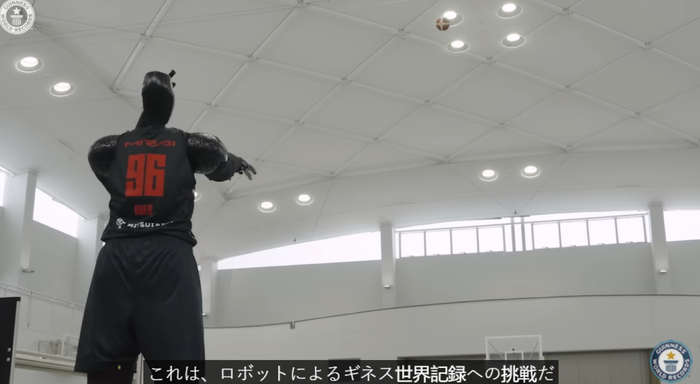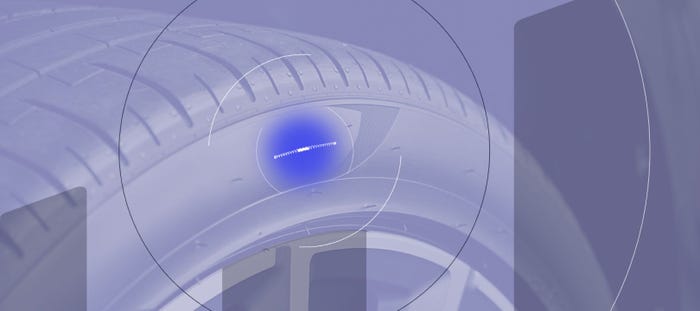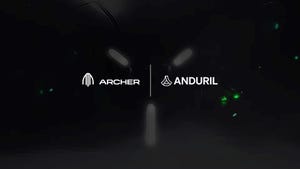Senators Demand Crackdown on Self-Driving Tech
Six U.S. senators signed a letter to the National Highway Traffic Safety Administration urging more action be taken to address safety concerns
.jpg?width=1280&auto=webp&quality=95&format=jpg&disable=upscale)
Two prominent United States senators are calling for tighter regulation of autonomous and automated vehicles.
Edward J. Markey (D-Mass.) and Richard Blumenthal (D-Conn.) have written to the National Highway Traffic Safety Administration (NHTSA), urging the agency to “take more aggressive and proactive action” to address safety concerns.
Four other senators have also signed off on the letter – Elizabeth Warren (D-Mass.), Bernie Sanders (I-Vt.), Ben Ray Luján (D-NM) and Peter Welch (D-Vt).
The senators’ concern has been heightened by what they term “several high-profile crashes” which have “highlighted the risks that vehicles equipped with partially automated and Automated Driving Systems (ADS) pose for road users.”
The senators cited several incidents including the accident in San Francisco where a pedestrian got dragged along the road under a Cruise self-driving taxi, causing the General Motors subsidiary to suspend all operations, and a succession of fatal crashes involving Teslas fitted with the company’s Autopilot Advanced Driver Assistance System (ADAS) that prompted a huge recall in December.
In the letter, addressed to NHTSA Acting Administrator Sophie Shulman, the senators argue: “We cannot allow partially automated driving systems and ADS to accelerate the road safety crisis. NHTSA must take firm control of the wheel and steer manufacturers towards prioritizing safety.”
With regard to vehicles with automation rated at Level 4 as defined by the Society of Automotive Engineers – essentially self-driving in a specified Operational Design Domain (ODD), as the Cruise taxi was in San Francisco – the Senators bemoan the fact that manufacturers face few barriers to deployment “beyond the traditional Federal Motor Vehicle Safety Standards (FMVSS) applicable to all vehicles.”
They argue that the NHTSA’s “actions on these driving systems have not kept pace with the unique safety risks these vehicles pose” and that a vision test “to ensure the system can properly detect and respond to other vehicles, people, and objects in the operating environment” might be appropriate.
There were also suggestions on how Level 2 driver-assistance tech – such as Tesla’s Autopilot and Full Self-Driving – should be regulated, as the Senators believe it can “lull drivers into a false sense of security when… activated.”
Among their suggestions are that recalls are accompanied by “safety regulations that limit operation of partially automated driving systems… to their ODDs” – in other words, preventative measures that would stop drivers using ADAS on roads where it is not meant to be used.
There is also sharp criticism of how the tech is being marketed by automakers, where partial automation is promoted as self-driving. “It is past time that federal regulators follow California’s lead and prohibit this deceptive and dangerous practice,” the Senators write. This, they say, would help “put a stop to the deadly confusion on our roads.”
Other concerns highlighted include insufficient regulation of human remote operators of autonomous vehicles, and an NHTSA plan for a pilot program that would allow vehicles without traditional controls, like steering wheels and pedals, on to the road.
The senators conclude: “Public roads are not a sandbox for manufacturers or operators to play in, and regulatory agencies like NHTSA should be highly cautious about providing lax pathways onto the road for dangerous vehicles.
“Given these safety risks, we urge NHTSA to take all necessary steps to protect the public from vehicles equipped with partially automated driving systems or automated driving systems. Although these systems may have the potential to reduce traffic deaths, without comprehensive regulations prioritizing safety, we risk veering off course and endangering drivers, passengers and other road users.”
About the Author
You May Also Like








